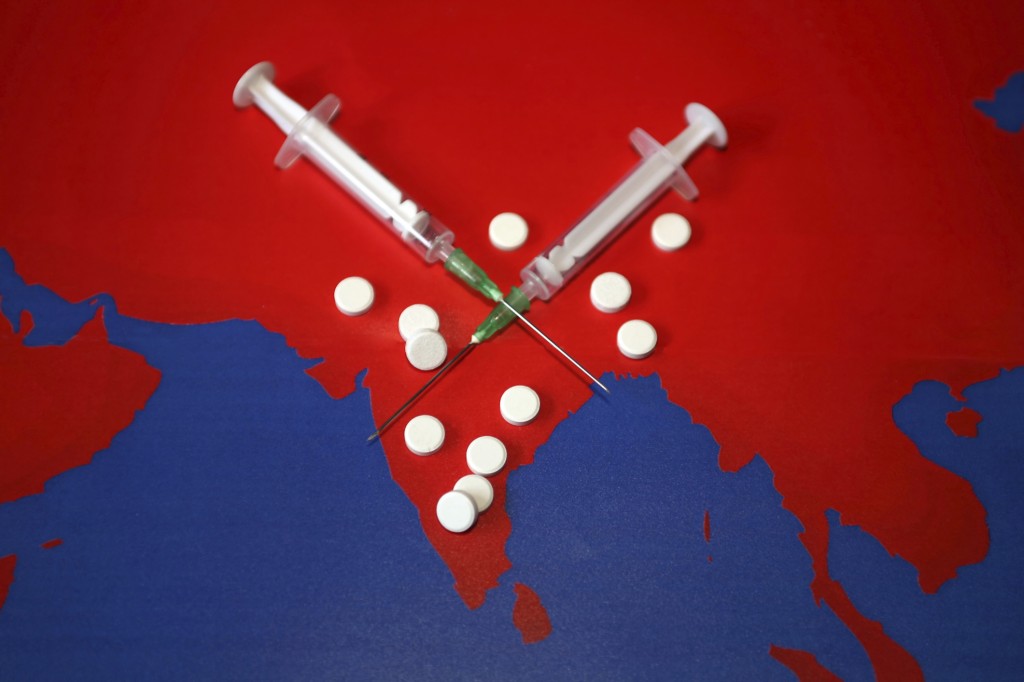
He arrived looking nervous but determined.
As a young man diagnosed with type 1 diabetes at the age of 14, Rajesh had been cared for since his adolescence at the diabetes clinic at the Christian Medical College (CMC) in Vellore, India. Throughout his many years as an outpatient, he had developed close relationships with many of the physicians and nurses in CMC’s endocrinology department.
But on this particular day, Rajesh was not coming for treatment. Now in his early twenties, he had volunteered to participate in a research project to better understand the physiologic differences among the various types of diabetes prevalent in South India. This study is being done to compare type 1 and type 2 diabetes with a poorly understood form of diabetes called “malnutrition modulated diabetes mellitus” that has been noted only in developing countries.
Diabetes is the most common metabolic disorder in the world. In India, the prevalence of diabetes is exploding. According to Time magazine—which cites a 2011 research study by the head of the Madras Diabetes Research Foundation and colleagues—there are an estimated 62.4 million diabetics across India, an increase of 65 percent since 2004 estimates. Based on the current trajectory, as many as 100 million Indians could have the disease by 2030.
In the face of this diabetes tsunami, Rajesh is determined to make a difference. He agreed to participate in a metabolic “clamp” study, in which glucose and insulin are infused via an intravenous catheter, and hormone measurements are taken to determine either how well a person metabolizes glucose or how sensitive a person is to insulin.
A huge amount of time and resources had been invested to develop the infrastructure to allow participants such as Rajesh to take part in this study. CMC had established a partnership with Albert Einstein College of Medicine four years earlier, and over that time the groundwork had been laid to study participants with different kinds of diabetes using sophisticated metabolic research techniques.
Rajesh was contributing to a project with the goal of providing deeper insight into the physiology of diabetes for development of future treatment and prevention strategies. As a visiting endocrine fellow from Einstein, I was part of the continuing partnership between our two institutions. My role was to assist with the research studies and data analysis. As Rajesh settled in, I helped Ms. Mercy, the head nurse, and Dr. Ron, one of CMC’s endocrine fellows, set up for the day’s study.
Like most patients and study participants at CMC, Rajesh did not arrive alone; he was accompanied by his wife, dressed in a colorful yellow sari and carrying a bag of snacks, who would remain close by Rajesh’s side for the duration of the six-hour study. Initially, both Rajesh and his wife were shy, and simply smiled or nodded in response to the study team’s inquiries and explanations. But the team’s efficient movements and welcoming manner quickly put the two at ease, and soon they were chatting and joking with each other and the team members.
Rajesh’s wife worked as a maker of beedis, a type of hand-rolled cigarette commonly smoked in India; she had recently been hired for a new job and was excited. They were hoping to start a family soon, but wanted to wait until they had some savings put aside.
Rajesh said that he had participated in a support group (started by a visiting medical student from Einstein) for patients with type 1 diabetes at CMC, and he had spoken at several meetings about the challenges of living with this potentially devastating chronic disease.
By the end of the day Rajesh was glowing with pride that he had successfully completed a study that had the potential to help other patients with diabetes. “It wasn’t that hard!” he commented. Rajesh left with his wife, telling the team he’d see us soon at his next appointment at the diabetes clinic.
I reflected that Rajesh’s long-standing relationship with the endocrinology department at CMC had fostered a level of trust that allowed him to overcome his anxiety about being a research participant. Such relationships are the key to continuing CMC’s and Einstein’s work in trying to better understand the causes and progression of diabetes in South India.


Comments on this entry are closed.
It is a great thing to contribute. Mr. Rajesh has done a good by participating in it the research. By sharing experiences we can create awareness of diabetes among people those who are unaware of it.